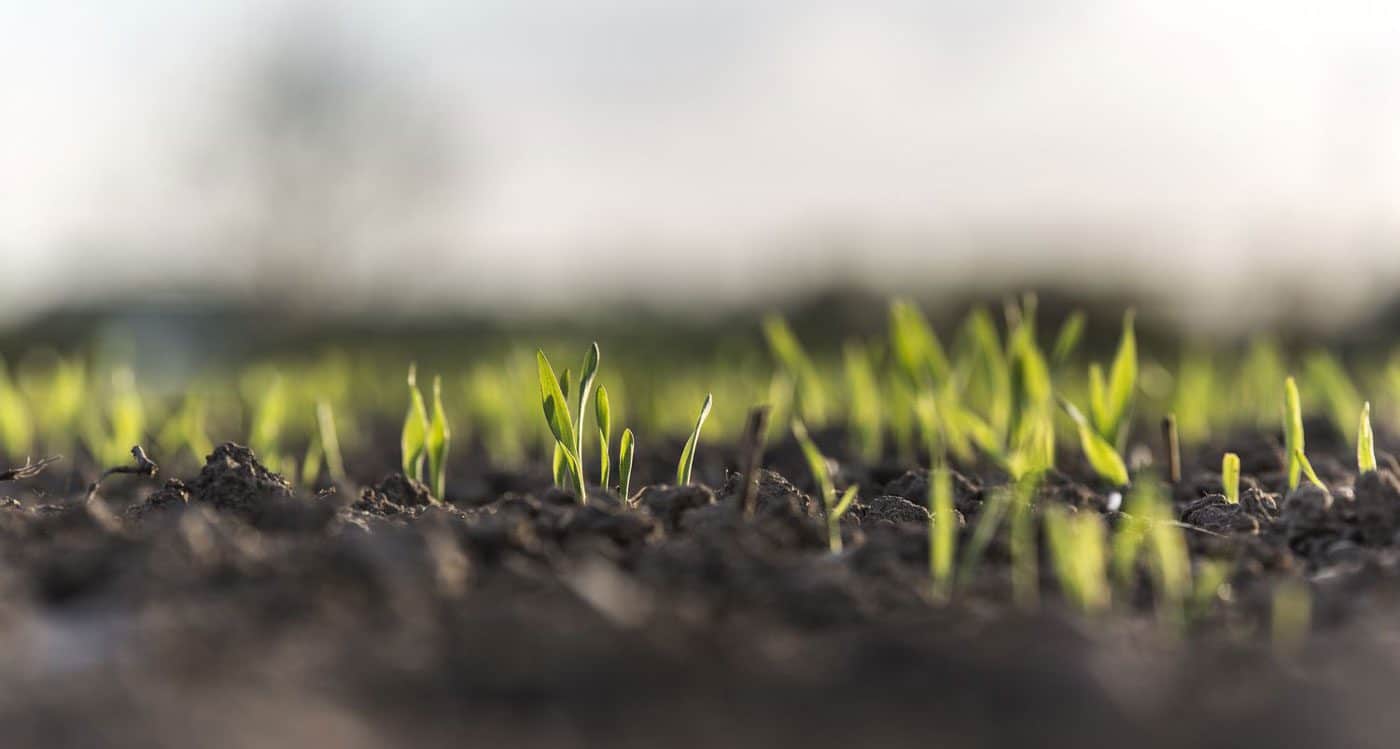Hemp has already demonstrated important commercial and medicinal value, but now it may have also found another important use — decontaminating radioactive soil. Phytoremediation, or the practice of using plants to uptake contaminants from the soil, has shown successful results with plants such as sunflowers, several brassica varieties, pumpkins, and maize. Out of all the plants tested for their ability to aid in phytoremediation, hemp has proven especially effective.
Phytoremediation involves using plants known to be effective bioaccumulators. The process of bioaccumulation refers to the ability of organisms to intake chemicals from their environment compared to the rate they expel them as waste. This process can be harmful towards organisms in terms of exposure to radioactive chemicals, but bioaccumulation can be used as a technique for uptaking toxic chemicals from contaminated soil via the root system of plants. For the past few decades, scientists have been actively involved in this research, attempting to discover which plants are best used for phytoremediation and which practices are most effective.
Beginning in 1990, scientists from the International Atomic Energy Agency have been using beneficial plants to decontaminate the soil around the site of the Chernobyl nuclear incident. In 1998, they added hemp to the list of plants used for decontaminating the soil. Studies which have been carried out on hemp’s bioaccumulative properties have found that it tolerates the uptake of contaminants better than many other species. “Hemp is proving to be one of the best phytoremediative plants we have been able to find,” says Vyacheslav Dushenkov, a scientist involved in the Chernobyl phytoremediation project.
Beginning in 2011, hemp has also been used to decontaminate soil polluted from a steel mill in Puglia, Italy. Contaminants from this factory made the dairy and farming industries unsuitable for commercial production, and many local farmers were struggling economically. The newfound enthusiasm for hemp in this region may soon prove to be an economic boon to the town, and now a processing plant in Southern Italy has arisen to process hemp into fibers for clothing and construction. However, it is not yet clear if the same plants used in phytoremediation can be reused for commercial purposes.
If hemp can be used to remediate soil and still provide a commercial product, that would add a significant economic advantage to using hemp in phytoremediation projects. One study from 2003 found that Cannabis sativa was able to tolerate and absorb cadmium, nickel, and chromium from soil. In this experiment, most of these metals accumulated in the roots and only partially translated to the tissues above ground, suggesting that the harvested biomass of hemp and cannabis may still prove somewhat economically viable even after being used for soil decontamination.
Phytoremediation, like any long-term restoration project, has economic constraints when it comes to its implementation. Being able to use the plants for commercial products and biofuels may be a way to make hemp phytoremediation economically feasible by giving the plants a second use. However, it’s important to know what happens to the contaminants in the harvested material, so more research is needed before hemp used in remediation can be considered as useful commercial raw material.
Consumers may be adverse to the idea of using fiber from decontamination for clothing or medicinal purposes, but there may be other pragmatic uses for reusing the material from phytoremediation. Hanah Rheay, a student at New Mexico State University, is studying the benefits of hemp farming near former mining sites where the ground has accumulated uranium and cadmium in the soil. “What we’ve found is that contaminants absorbed into the fibers don’t usually make it into the seed oils,” she says. “Starting with the least contaminated part of the plant is our best bet for getting a usable product.”
Several options exist for remediation of hemp fibers that have accumulated heavy metal and toxic elements, using either adsorbent materials or incinerating the materials and collecting the contaminants in the ash. Consumers are likely to be adverse to commercial products from remediated hemp fibers, but the harvested material from phytoremediation can possibly still be used for compost and biofuel production. Some researchers have suggested that harvested material can at the very least be used to provide biofuel to onsite operations at phytoremediation project sites.
As research into phytoremediation and the process accumulation continues, hemp and cannabis varieties may be bred or modified to have greater bioaccumulating ability. Eventually, new techniques for sequestering contaminants may be able to increase the value of plants used in phytoremediation. “I think being aware of [phytoremediation] will better guide product use as the U.S. hemp market develops,” says Rheay.
A study that came out earlier this year compared nine different plant species for phytoremediation, and found that hemp was still one of the best at uptaking radioactive and harmful elements from the soil. With this important environmental remediation discovery, hemp has demonstrated that it is one of our best natural resources for restoring soil and cleaning the earth.




